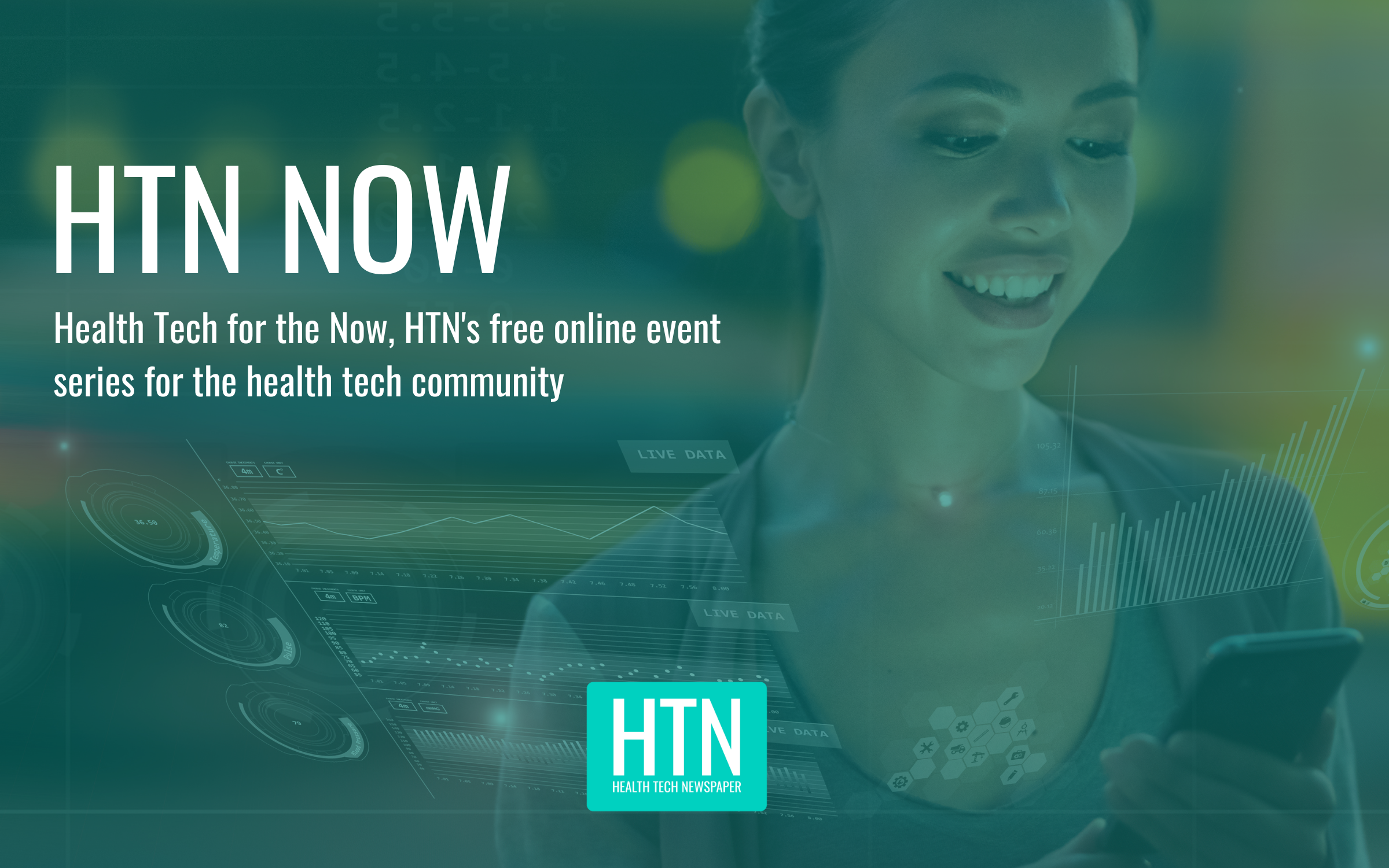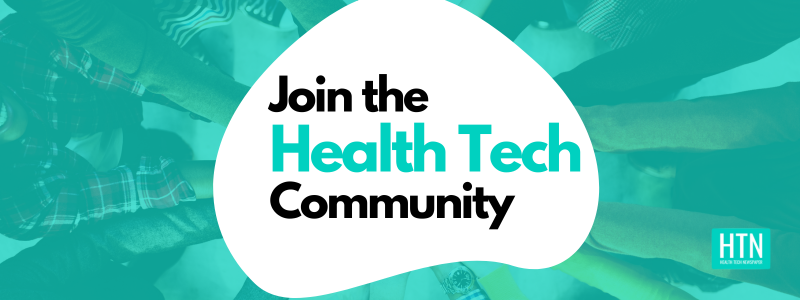For the HTN Digital Primary Care Conference opening session, Dr Osman Bhatti, GP and Chief Clinical Information Officer for the North East London CCG, shared key learnings, challenges and experiences from the development of a unique patient registration tool that allows patients across North East London to register with a GP easily and quickly.
Considering the difficulties and challenges around getting patients to register with GP practices, Dr Bhatti discussed the registration tool and how it is improving the way that patients can gain online access to GP practices anywhere within North East London.
To introduce the webcast and provide background context on the motive behind the tool’s development, Dr Bhatti said: “We know that there’s about 8,000 practices across England and there’s 190,000 transactions for online registrations that get processed every month – and that is something that we felt we could actually get some economies here and really improve the process and the experience overall. The other thing we did was research generally, locally, and nationally as well as to understand the experience people were having with this process.
“It was very mixed experiences, and the main thing was that there was a lot of inconsistencies as to how practices – even next door to each other – registered patients – and our challenge was ‘how can we find something that really works and what works for the whole STP footprint?’.
“We also found that some practices ask for very little, some practices ask for quite a lot, so we thought ‘how can we balance that?’. We know that the basic registration process for the GMS1 form was relatively straight forward, and we would use that as our basis really.”
Dr Bhatti then discussed the aim and process of building an online service for patients to more easily register with a GP, where he said: “We looked at practices locally and elsewhere and there were lots of different ways that patients could register online – then we went away and thought, ‘how can we really build a really exemplary online service?’
“There are really good resources out there – NHS Digital have got some really good templates. We took all of that onboard and said let’s build something that really meets the need and is very good in terms of user appeal as well – so that was our main aim.”
Dr Bhatti explained more about the research behind the technical elements which influenced the design of the registration tool, and how these elements were implemented to provide the best experience for patients using the service. “Along the journey we found other really useful things, [for example] with Gov.uk there are secure messaging facilities, so we thought ‘okay that’s great so let’s use that.’ So, we brought that in and now”, he continued, “we have got the ability to send emails and text messages.”
Casting his mind back to the challenges of designing a service which works best for matching patients and practices: “We found that if patients go to the NHS website currently and they say, ‘where is my local GP?’, you get the closest practice as the crow flies, so you don’t really know whether that practice is taking patients – or first of all – whether you fall into that patients catchment area.”
“So, what we did was”, he explained, “we took the maps that patients had and we transferred them to a digital catchment, where we defined the catchment area of each practice. Some maps we got were drawn with thick, chunky markers and some were very diligently drawn saying ‘this street and not this street’. So, we had a real mix, but we basically transferred those all across [digitally].”
Building on the knowledge gained from overcoming the challenges of defining a digital catchment area for each practice, Dr Bhatti shared how the registration service has been implemented to benefit patients in North East London: “We made the process really easy. Patients basically go [and] get a list of practices that they can actually say ‘yes I want to go for this one, which is the closest’, and we only enable the ones [practices] that want to take on patients and are within that catchment area.
“Patients fill in the form [and] they get a bit of a summary, and then they just submit. That is essentially the process for patients, and we have made it really easy – really slick.”
On making the service suitable for GP practices as well as patients throughout the area, Dr Bhatti said: “We got feedback from practices because we wanted to really make this work for them, and the biggest request was to add in a few demographic details and health check details, [such as] height and weight.”
Discussing how practices were recruited into the service: “We have found it really slick for practices to onboard – they express an interest and are then sent a link, they click on that link, it activates them and then they just onboard by confirming a few details. We get them to confirm their practice details, we make sure that’s okay, and then they can edit that at any particular time – if there’s any spelling mistakes or whatever. We have left it totally in the practice control.
“We get them to verify their boundaries”, he explained, “and if that changes [we] get them to let us know and then the developer can update that – [as well as] if they want to update the email address that they receive the registrations at.”
To conclude, Dr Bhatti discussed the registration tool in the context of how it is saving GP practices – throughout North East London – from spending time on processing patients, where he said: “We have made lots of savings – this is based on feedback from practices. With this tool it’s saving 15 minutes of admin time and we scaled that up to say that we’re estimating almost £500,000 in savings for North East London every year. So, [it is] a really good way of showing how this investment is providing some returns.”
To view the session in full, watch the video below:




